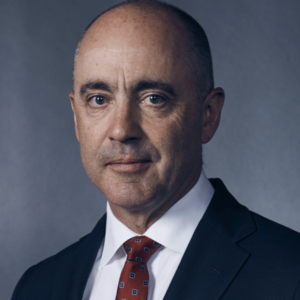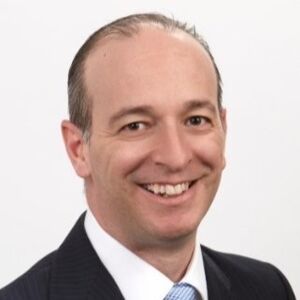Schroders restructures teams to sharpen client focus

Newly appointed CIO Simon Doyle explains why Schroders Australia has restructured its investment teams and promoted key staff.

Were you named CIO because of your multi-asset background?
We certainly recognise that the solution to every investment problem won't be a multi-asset solution, but as a multi-asset investor, I have a broad perspective on most asset classes and experience in pulling this together at a total portfolio level.
However, implicit in the idea of a CIO from a solutions perspective, is a requirement to step above this and think about how we can help our clients from the investment side, irrespective of where this solution might be.
We believe the role of a traditional CIO is changing in that it's not just about the investment solution but also about the regulatory framework, the operational structuring, cost management on all aspects, and understanding the complex governance and risk management structure confronting clients.
Do you see this focus on solutions as a precursor to a closer relationship with clients?
The superannuation industry is evolving rapidly.
With growing pressure under YFYS and the growing expectations under the latest retirement income covenant, we see a number of great opportunities for Schroders to work more closely with super funds to help solve some of their challenges.
These are big, complicated issues, and the research is evolving. None of us would pretend to have all the answers, but collectively we can each help and improve outcomes for our clients.
While super funds are growing in scale thanks to mergers and acquisitions, and more assets are being managed in-house, how we interact needs to move beyond the provision of single asset solutions or cheaper forms of alpha.
It's also about operational efficiency, timely execution and implementation of decisions, risk management, flexibility, and tapping into our internal pool of intellectual capital to help understand and solve investment problems.
What are the challenges for everyone when super funds bring assets in-house?
Consolidation and in-housing of key elements of the asset management function are challenging investment managers and the way we interact with clients.
Fund managers (like Schroders) are no longer simply competing with other fund managers for roles in client portfolios but with the internal teams within the super funds.
Furthermore, while not uniform across the market, the roles that asset owners are looking for fund managers to play are also changing.
Fund managers need to adapt to ensure what we provide is relevant, high quality, and additive.
The super funds are grappling with a range of issues including: The operational complexity of internal management, performance oversight, governance, talent and talent retention, etc as well as the implications of regulatory change (YFYS), ESG, and generating appropriate investment outcomes.
This is where our solutions offering will look for ways to help our clients with these issues.
These are not just issues in the superannuation area but extend across the spectrum, for example, in the growth of managed accounts in the intermediary space.
Ultimately though, our goals are aligned, and that is to deliver for our clients and their members.
From an investment perspective, we are often looking to solve problems that give us a standpoint that will also help our clients. For example, areas such as alternatives in their many guises, and ESG, continue to evolve rapidly and require specialisation across all aspects of the investment process.
Further, investment committees and boards are being forced to shift their focus to broader policy issues thanks to the regulatory environment so bringing assets in-house presents competing challenges for fiduciaries.
Day-to-day oversight of investment decisions and execution is a distraction for trustees and the executive teams and may not necessarily align with the strengths of the people in these roles.
Ultimately, this is where our solutions-based approach focuses on building on each party's strengths to deliver better outcomes for clients and members.
How much of the 'easy' investing can asset owners potentially do themselves?
In my experience, there are no easy investments or easy investment decisions. Sometimes investing is easier than other times, but conditions change, and difficulties will emerge.
No one has all the answers, and I think firms like ours with significant global breadth and depth of talent, experience, and thinking across the investment spectrum will always have a lot to offer these funds - even if not in the capacity we've been used to in the past.
Everyone's adapting to the investment, regulatory and competitive environment and will need to continue doing so.
For funds, leaning on a specialist asset manager that lives and breathes the market (particularly as investment conditions get more challenging) makes sense.
Couple this with increased regulatory and sustainability considerations, greater expectations for transparency and reporting, member engagement, and education.
From a multi-asset perspective, this has been particularly challenging, but some key strategies have been a direct response to the challenges posed by markets and regulation.
What is the outlook?
We expect to see growth in outsourcing but the expectations on outsourced providers will go beyond just delivering on a mandated investment strategy.
Trustees will demand more from their outsourced providers, and those that are willing to be flexible and holistic with the capacity to add value with their solutions will likely succeed.
Success will likely require a value proposition that aligns with the client's needs and wants, helping them solve their investment problem and ultimately to improve outcomes for their clients.



